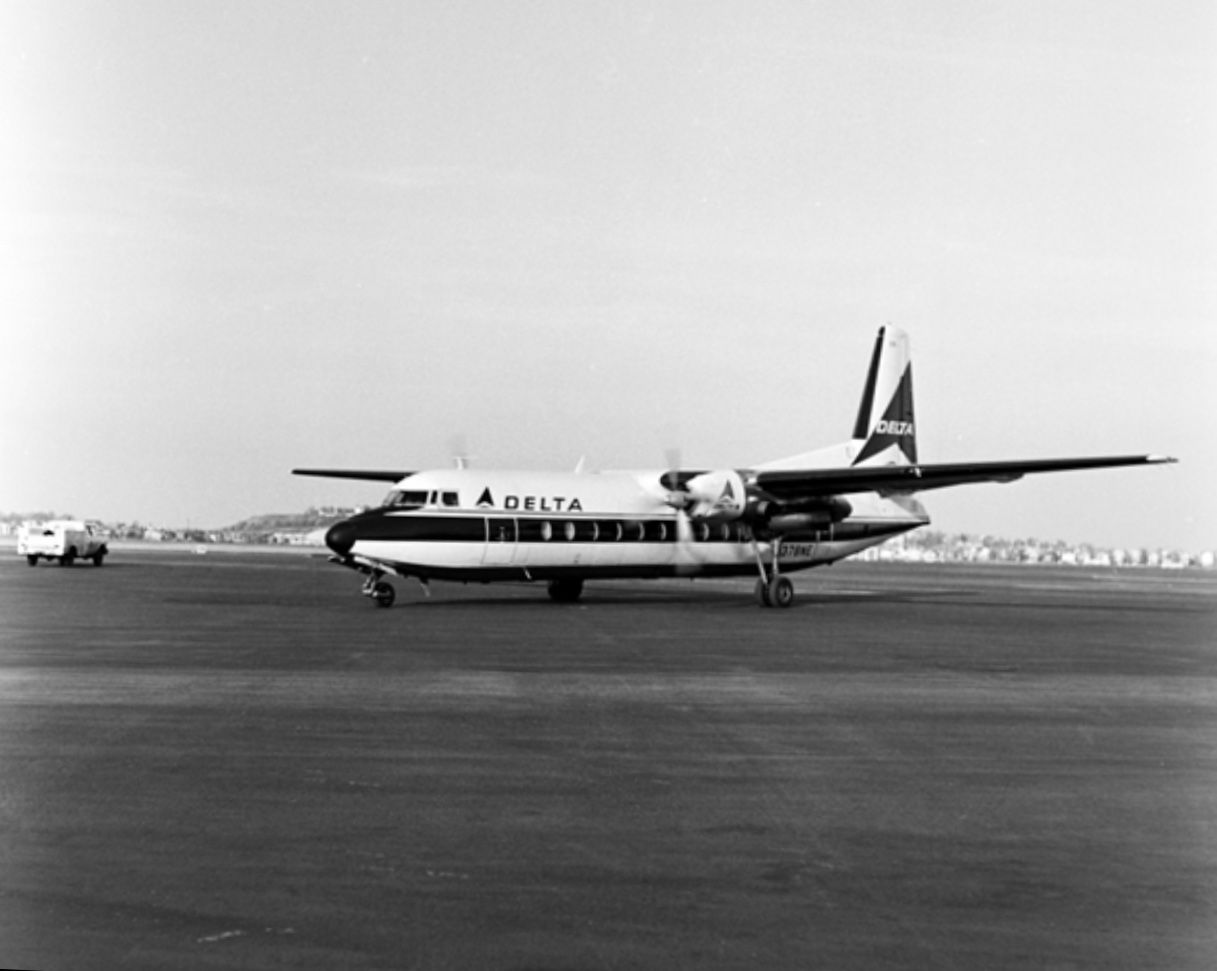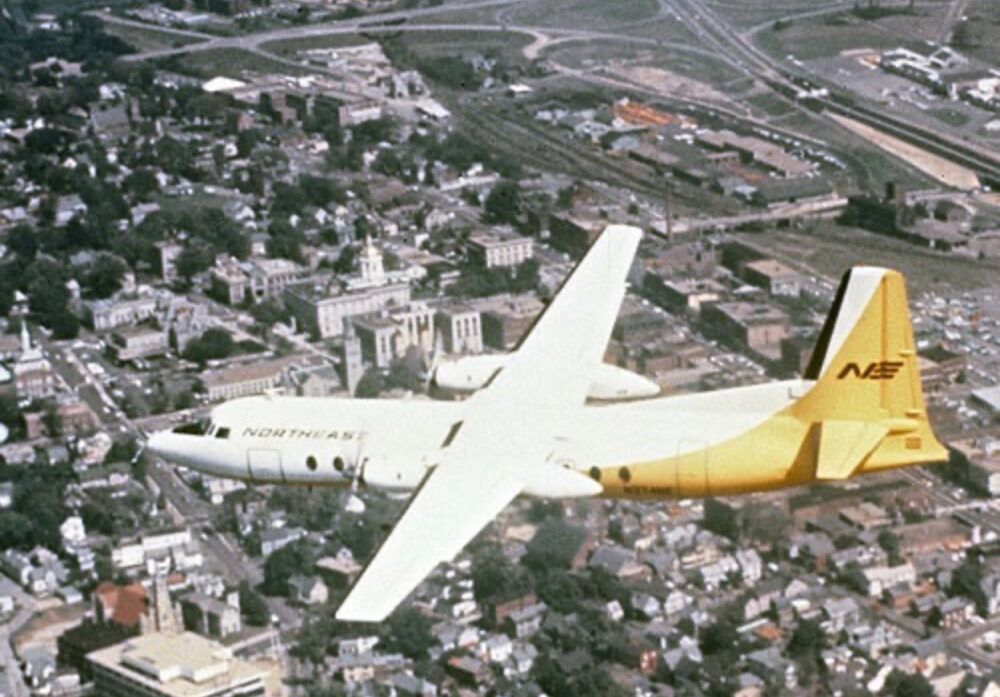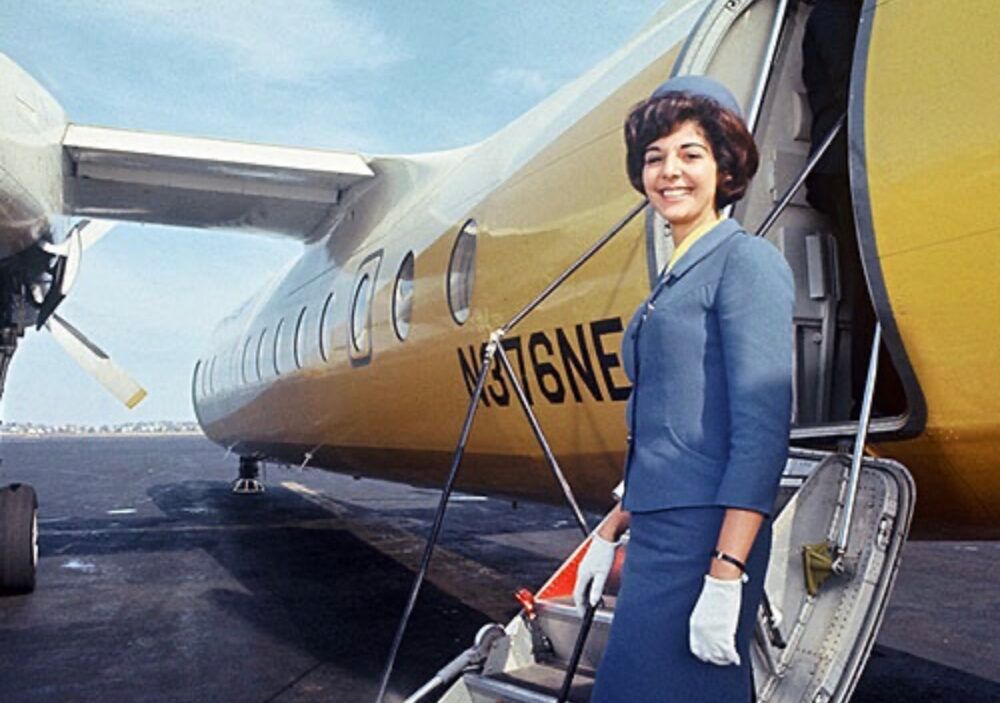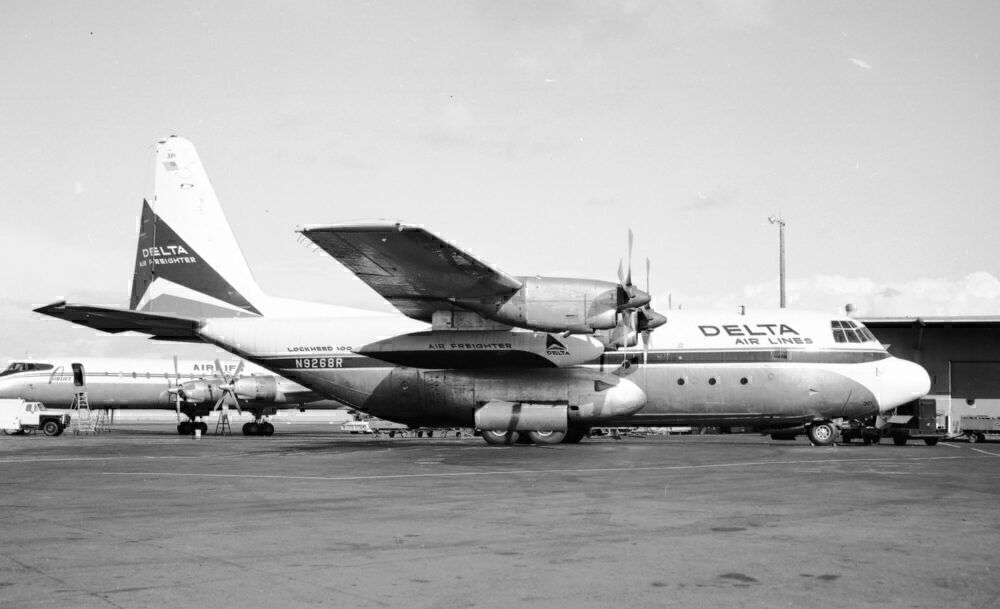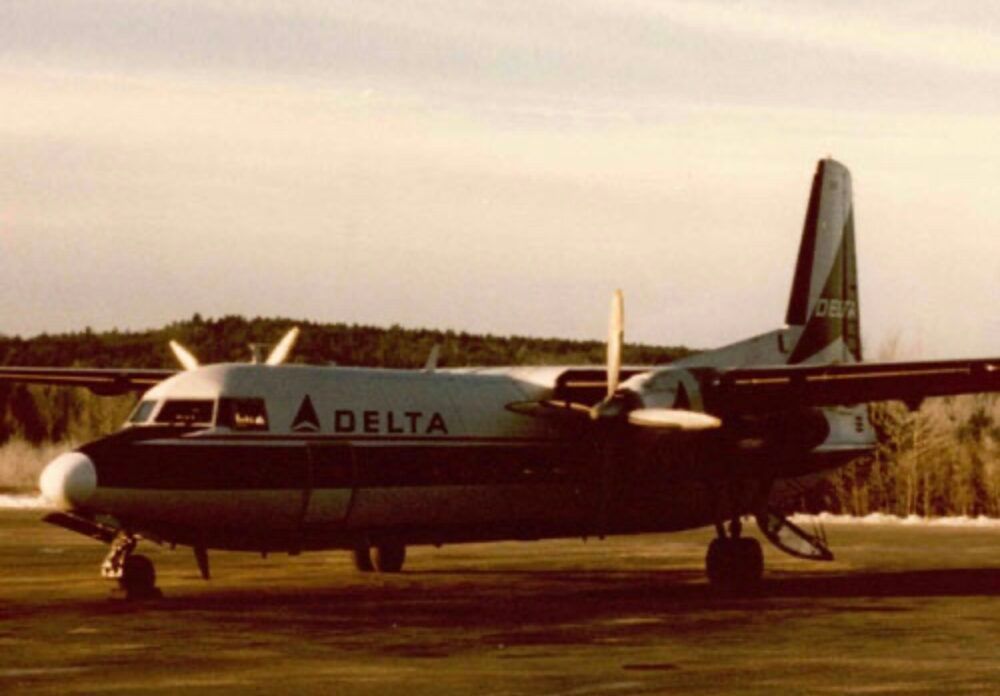Delta Air Lines once held the Fairchild-Hiller FH-227B at the beginning of the 1970s. However, the carrier wasn't necessarily seeking to have the plane before taking it on. Additionally, it did not operate the aircraft for long. Let's take a look at how the carrier ended up with the type and why it let it go so soon.
Who was the order for?
The high-wing turboprop was produced for speed, comfort, and cost-efficiency when operating at smaller airports. They were developed from the highly popular Fokker F27 Friendship and built under license by Fairchild at Hagerstown in Maryland.
It wasn't Delta who ordered these units. They arrived at the Atlanta-based carrier following the company's merger with Northeast Airlines in the summer of 1972.
Northeast introduced its first of seven FH-227B on a service from Boston on September 7th, 1966. The plane replaced the carrier's Douglas DC-3 and DC-6B propeller aircraft.
For its time, there were significant technological benefits of the plane. Passengers would have been impressed with the fully pressurized and air-conditioned cabin. There were also high wings that allowed for the placement of exceptionally large windows with unobstructed views. Those traveling onboard were therefore treated to fantastic views while in the air.
High hopes
Northeast was undoubtedly excited to get its hands on the aircraft. According to a brochure shared by the Delta Flight Museum, the carrier was keen to deploy the planes across New England.
"The FH-227 is a product of one of the world's great aircraft companies, Fairchild Miller, and features the very latest innovations in passenger comfort and safety. The prop-jet, "Dart" engines that power the FH-227 are precision-built by Rolls-Royce. Noted for their reliability, Dart engines have more than 30,000,000 hours of civil flying to their credit. You'll be pleased to know that all Northeast Fairchild "Yellowbirds" are completely air conditioned. (The cabin is as comfortable on the ground as it is in the air.) They are also fully pressurized so that you can cruise in sea-level comfort even at 12,000 feet (No more ear popping!)." the brochure states, as shared by the Delta Flight Museum.
"The seats are wide, contoured and comfortable, with ample leg room. The tasteful interiors were styled by Raymond Loewy/William Snaith, one of the world's finest industrial design firms. Cabin interiors feature textures and wool fabrics specially selected to be beautiful as well as harmonious. Custom carpets, drapes and seats in patterned tapestries and oatmeal tweeds in warm, golden colors suggesting the richness of a New England harvest are all blended and interwoven in an imaginative decor that is designed to please you."
Changing hands
Early fliers on Northeast’s FH-277Bs appreciated the plane’s abilities to allow for smoother travel. For instance, they were fans of being able to walk on board without having to climb up a ramp.
However, the Boston-based airline soon went through significant financial issues. Therefore, it went on the lookout for a partner to merge with. Subsequently, Delta and Northeast fully came together on August 1st, 1972.
The move made Delta the fifth-largest carrier in the United States at the time. It had routes that spanned 33,300 miles. Moreover, the airline then flew to new international destinations in Canada, the Bahamas, and Bermuda. It also formed frequent operations from the US Northeast to Florida.
Following the acquisition, the FH-227B was the only turboprop passenger type ever flown by Delta. However, the airline also held the all-cargo Lockheed L-100.
The FH-227B had a range of 450 statute miles and could reach a speed of 295 mph. 43 passengers could fit on board when flying from New York to the likes of Connecticut, Massachusetts, New Hampshire, Vermont, and Maine. The turboprop also had a length of 83 ft, a wingspan of 95 ft 2 in, and a height of 27 ft 6 in.
Different plans
Delta would only fly with the plane for two years. The airline retired the type in 1974 and at the end of the year, sold its entire The FH-227B fleet to Air New England. This company was a suitable buyer as it meant that the planes would continue to be deployed on tried and tested routes on the Northeast.
Ultimately, Delta was looking to standardize its fleet and consolidate its routes following the merger with Northeast. The FH-227B did not fit in with the carrier's plans. The aircraft joined at a time when jets such as the Convair 880, DC-8, DC-9, DC-10, Boeing 727, and Boeing 747 were hitting the skies for the operator.
Altogether, the plane was a grand arrival when it joined Northeast in the middle of the 1960s. However, by the time it formed part of Delta’s holdings, it had a tough challenge to compete with the jet powerhouses on the scene since the airline had different plans with its routes.
What are your thoughts about the Fairchild-Hiller FH-227B aircraft that Northeast Airlines and Delta Air Lines operated? Did you ever have the chance to fly on the type over the years? Let us know what you think of the plane in the comment section

